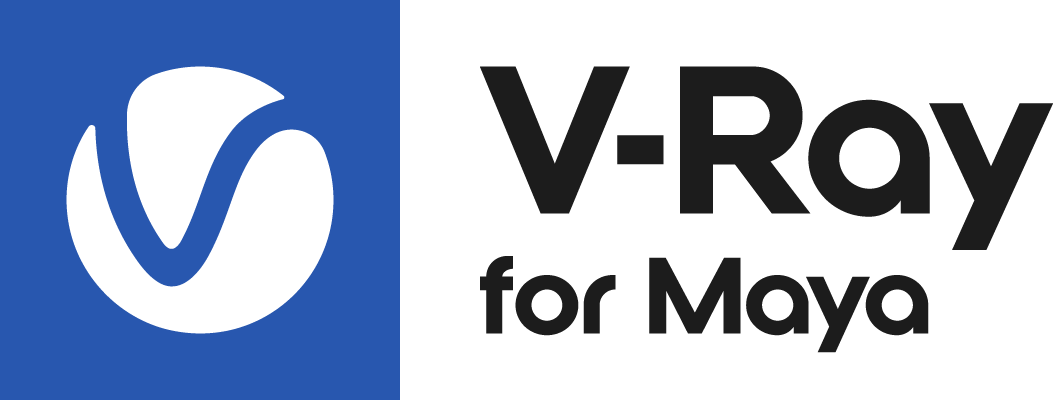Page History
...
| Section | |||||||||||||||||||||||||||||||||||||
|---|---|---|---|---|---|---|---|---|---|---|---|---|---|---|---|---|---|---|---|---|---|---|---|---|---|---|---|---|---|---|---|---|---|---|---|---|---|
|
Attributes
...
| Section | ||||||||||||||||||||||
|---|---|---|---|---|---|---|---|---|---|---|---|---|---|---|---|---|---|---|---|---|---|---|
The parameters for this render element appear in the Attribute Editor under Extra V-Ray Attributes.
|
Render Samples
...
The following images are examples of passes generated by the vrayRE_Sampler_Info.
...


